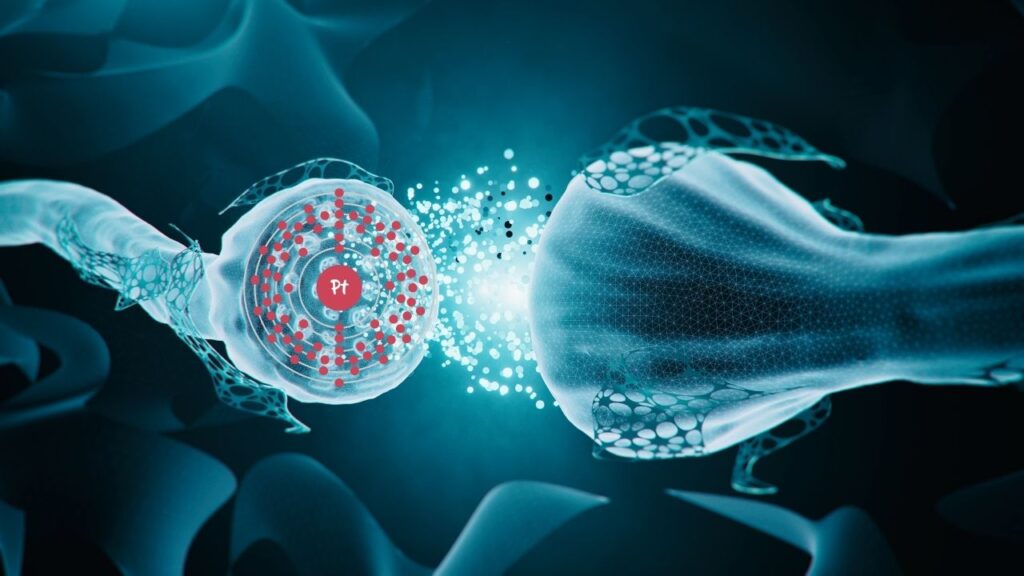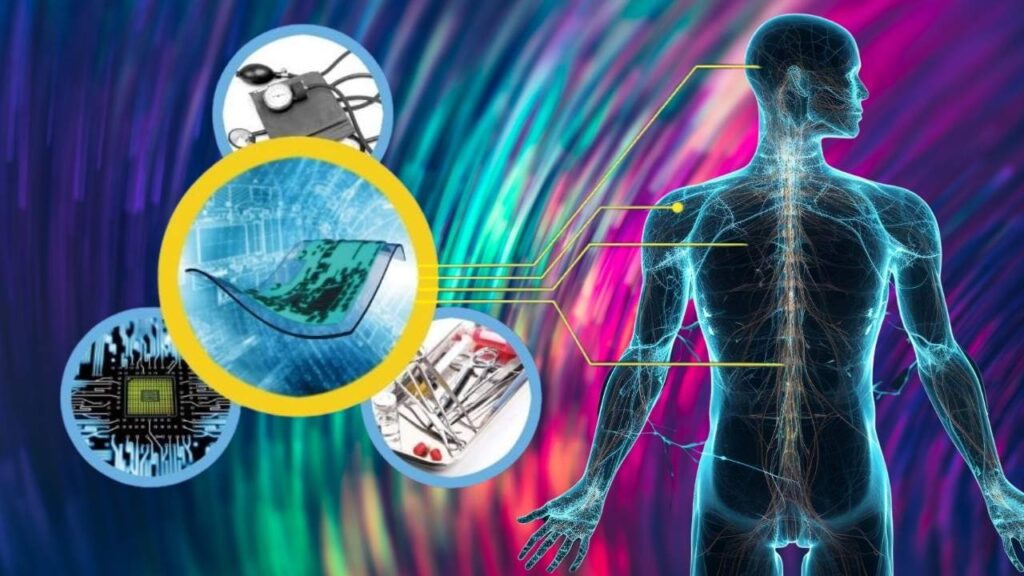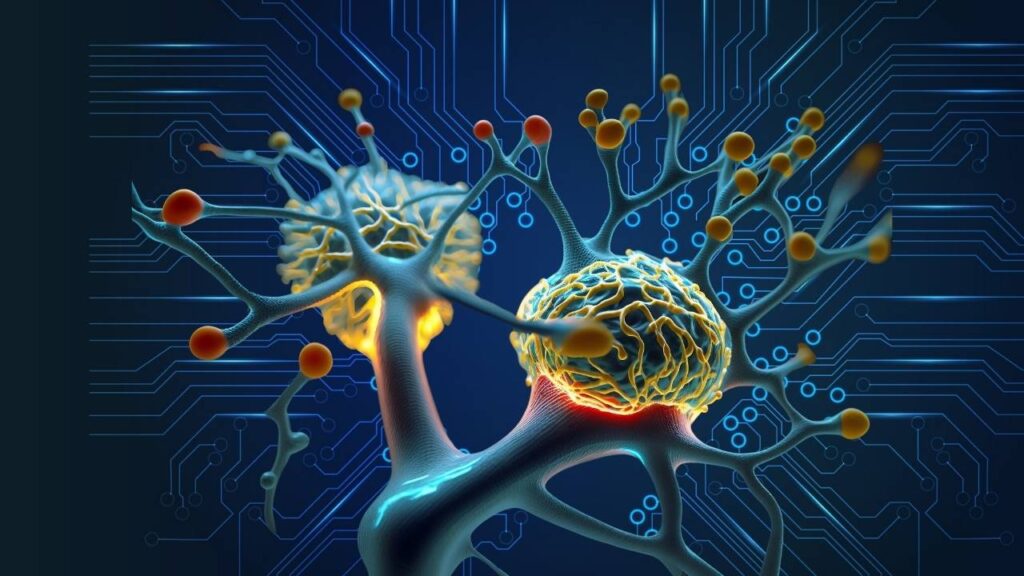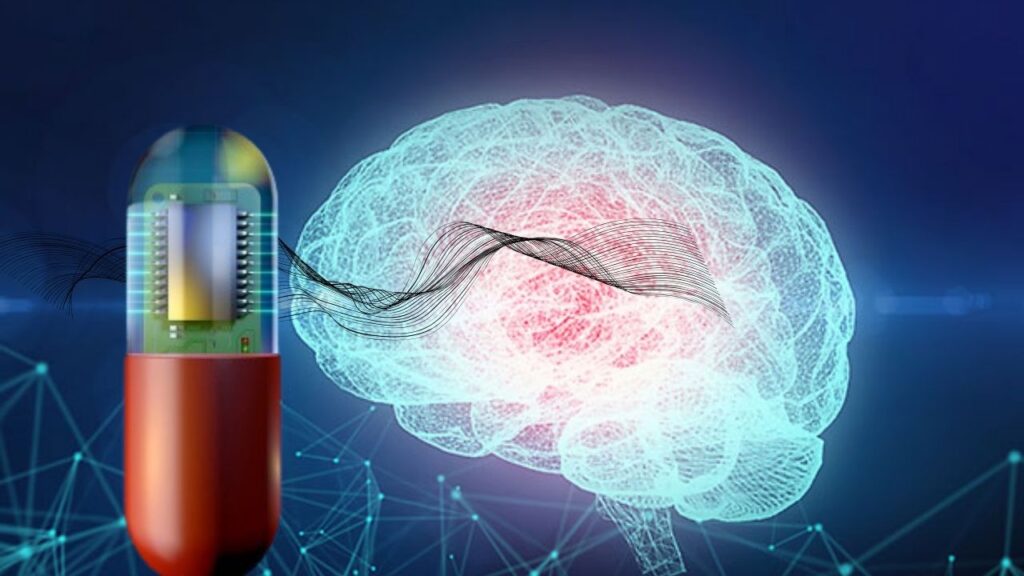Bioelectronics: In recent years, the exciting field of bioelectronics has emerged as a promising frontier where biology and electronics come together to revolutionize healthcare. Bioelectronics involves the integration of electronic devices with biological systems to monitor, stimulate, or repair the body in ways never before possible. From smart bandages that accelerate wound healing to implantable devices that treat chronic diseases, bioelectronics is changing the way we understand healing and health management.

This article will guide you through the fundamentals of bioelectronics, its current applications, and the future possibilities it holds. Whether you are a curious reader, a healthcare professional, or someone interested in cutting-edge medical technology, this comprehensive guide will provide clear, practical insights into how bioelectronics is reshaping medicine today.
Table of Contents
What Is Bioelectronics?
Bioelectronics is an interdisciplinary science combining biology, electrical engineering, and materials science to create devices that interact directly with living tissues. These devices can sense electrical signals naturally produced by the body or deliver electrical stimulation to influence biological processes.
Unlike traditional medical devices, bioelectronics aims to work in harmony with the body’s own systems. This can mean:
- Monitoring vital signs or biochemical changes in real-time
- Stimulating nerves or muscles to restore lost functions
- Promoting tissue regeneration and faster healing
By leveraging electrical signals, bioelectronics offers precise, personalized treatments that reduce side effects and improve outcomes compared to some conventional therapies.
Bioelectronics
| Feature | Details |
|---|---|
| Definition | Integration of electronics with biological systems for monitoring or therapy |
| Current Applications | Wound healing, electroceuticals, neural stimulation, wearable sensors |
| Market Growth | Expected to reach $23 billion by 2027, growing at 15% CAGR |
| Leading Technologies | Smart bandages, implantable nerve stimulators, biosensors |
| Professional Roles | Biomedical engineers, clinical researchers, healthcare practitioners |
| Key Benefits | Targeted therapy, reduced side effects, real-time monitoring |
| Official Resource | National Institute of Biomedical Imaging and Bioengineering |
Bioelectronics represents a groundbreaking fusion of biology and electronics, offering innovative solutions to heal and manage health in ways traditional medicine alone cannot. By leveraging the body’s natural electrical signals, bioelectronic devices provide targeted, effective therapies with fewer side effects, real-time monitoring, and personalized care.
From smart bandages accelerating wound healing to electroceuticals modulating nerve activity, this technology is rapidly evolving and reshaping the future of medicine. As the field grows, it will create exciting opportunities for professionals and transform patient outcomes worldwide.
How Does Bioelectronics Work?
At its core, bioelectronics devices operate by detecting or generating electrical signals. The human body naturally uses electrical impulses for communication within the nervous system and to control muscles and organs. Bioelectronic devices tap into this communication system to:

- Sense: Detect biological signals like heart rate, muscle activity, or chemical changes.
- Process: Analyze these signals using integrated circuits or software.
- Respond: Deliver electrical impulses or drugs to correct or enhance biological function.
Example: Smart Bandages
One fascinating bioelectronics application is the smart bandage. Unlike traditional dressings, smart bandages contain sensors that monitor wound conditions such as moisture, pH, and temperature. They can transmit this data to healthcare providers remotely, enabling timely interventions.
Some advanced smart bandages even provide electrical stimulation to promote faster healing by encouraging cell growth and blood flow. This approach is backed by studies showing accelerated wound closure and reduced infection rates.
Practical Applications of Bioelectronics in Medicine
1. Wound Healing and Tissue Regeneration

Wounds, especially chronic ones like diabetic ulcers, can be challenging to treat. Bioelectronic devices help by providing real-time monitoring and therapeutic stimulation that accelerates tissue repair.
- Wearable patches with electrochemical sensors can measure healing progress and send alerts.
- Electrical signals promote collagen production and cellular migration, essential for tissue repair.
2. Electroceuticals: Replacing Drugs with Devices

Electroceuticals refer to bioelectronic devices that use electrical impulses to modulate nerve activity. This technology targets specific neural circuits to treat conditions like:
- Rheumatoid arthritis
- Epilepsy
- Depression
- Chronic pain
By stimulating nerves such as the vagus nerve, electroceuticals can reduce inflammation or alter brain activity without the side effects of pharmaceutical drugs.
3. Neural Prosthetics and Brain-Computer Interfaces

Bioelectronics also enables devices that restore lost neurological functions. Examples include:
- Cochlear implants for hearing loss
- Retinal implants to restore partial vision
- Brain-computer interfaces (BCIs) that allow people with paralysis to control computers or prosthetic limbs using thought signals
These technologies open new pathways for restoring independence to people with disabilities.
The Future of Bioelectronics
Bioelectronics is a rapidly growing field with significant investment and research globally. According to market analysts, the global bioelectronics market is expected to grow at a compound annual growth rate (CAGR) of 15%, reaching nearly $23 billion by 2027.
Future trends include:
- Living bioelectronics: Combining living cells with electronic components to create devices that adapt and self-heal.
- Implantable biosensors: For continuous health monitoring, especially in chronic diseases like diabetes or heart failure.
- Personalized bioelectronic medicine: Tailoring electrical therapies based on individual patient profiles.
As research advances, bioelectronics could dramatically reduce healthcare costs, improve treatment precision, and enhance quality of life worldwide.
Practical Advice for Professionals Interested in Bioelectronics
For those looking to enter or collaborate in the bioelectronics space, here are some tips:
- Stay interdisciplinary: Bioelectronics bridges biology, engineering, materials science, and medicine. Build knowledge across these fields.
- Follow regulatory standards: Medical devices require rigorous testing and approval by authorities such as the FDA.
- Focus on patient-centered design: Successful devices must be safe, comfortable, and easy to use.
- Engage with clinical partners: Collaborate with healthcare professionals to ensure real-world applicability.
Professional roles in this sector include biomedical engineers, clinical researchers, device designers, and healthcare practitioners specializing in rehabilitation or chronic disease management.
Optical Modulators and Their Critical Role in High-Speed Internet
Five Ways Photonics is Quietly Powering the Tech You Use Every Day
Smart Materials: How Responsive Technologies Could Redefine Daily Life
FAQs About Bioelectronics
Q1: Is bioelectronics safe?
Yes, bioelectronic devices undergo extensive testing to ensure safety and effectiveness. Like any medical device, risks exist but are minimized through design and regulatory oversight.
Q2: How soon will bioelectronics replace traditional treatments?
While bioelectronics shows great promise, it complements rather than replaces traditional therapies currently. Adoption depends on continued research, clinical trials, and regulatory approvals.
Q3: Can bioelectronics help with neurological diseases?
Yes, devices like deep brain stimulators are already used for Parkinson’s disease. Research is ongoing for other neurological conditions such as epilepsy and depression.
Q4: Are smart bandages available for home use?
Some smart bandages and wearable sensors are commercially available or in late-stage development, especially for wound care and diabetic patients.



















